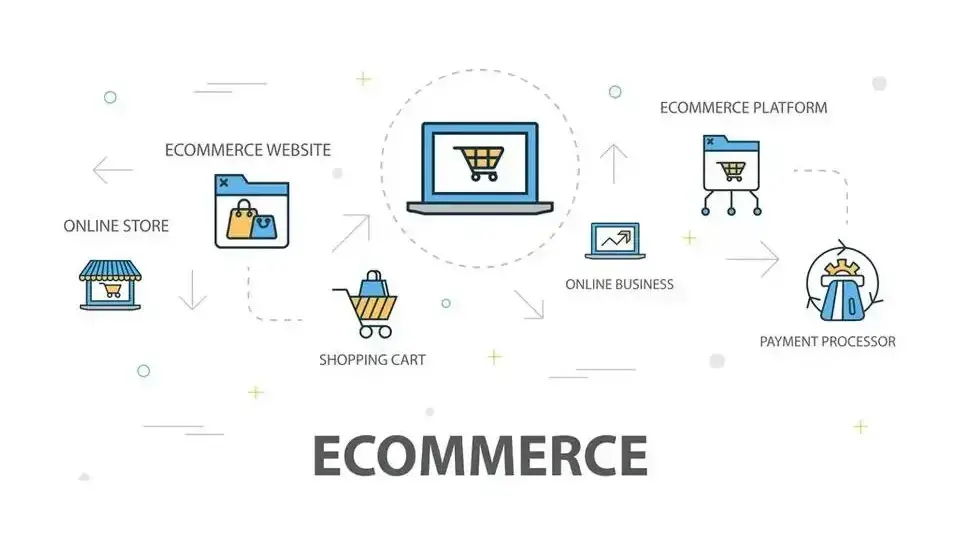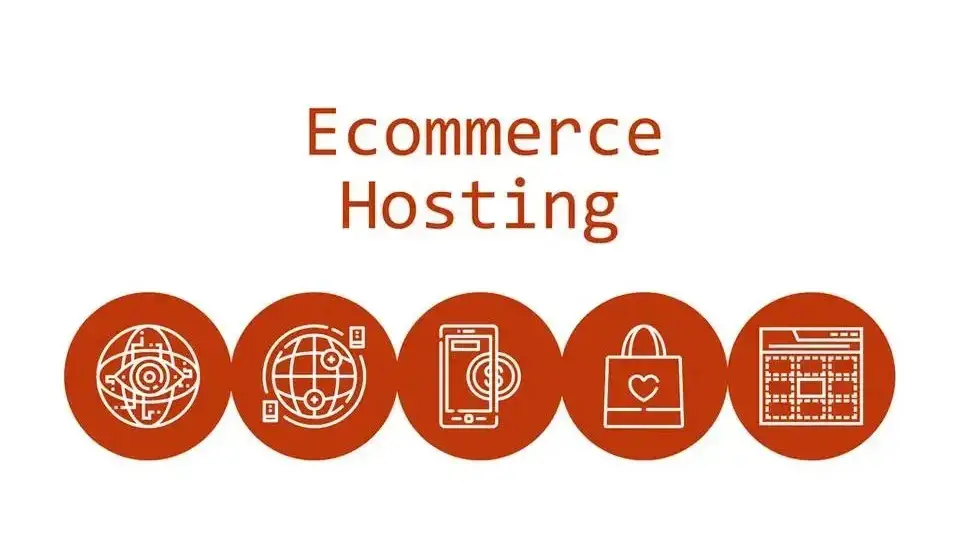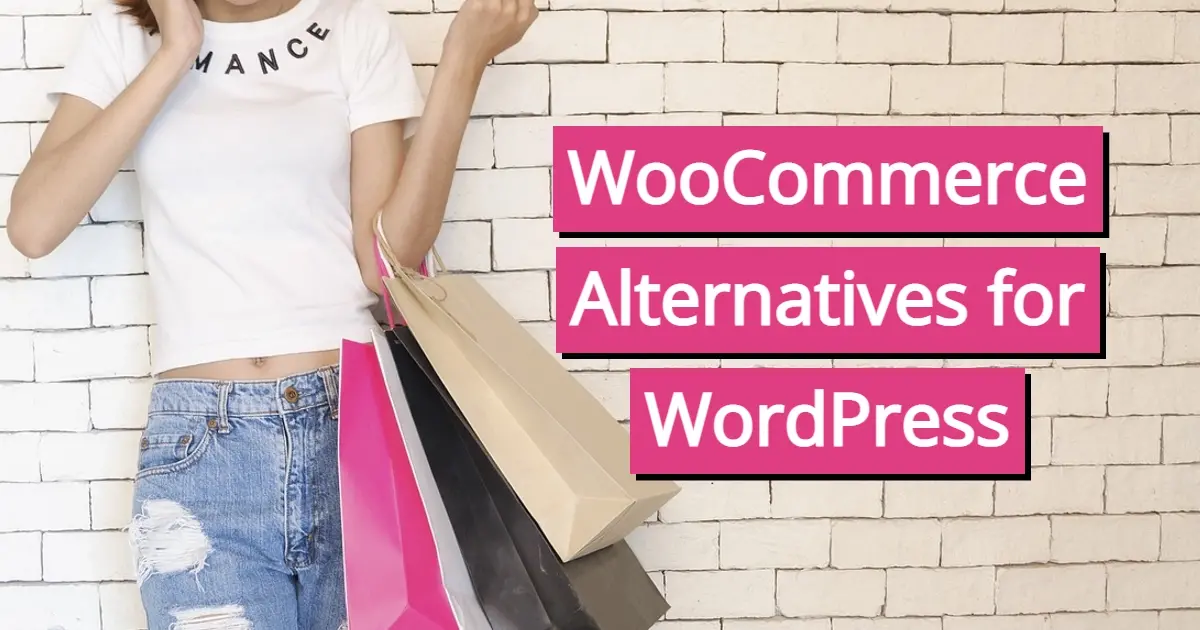Starting an online clothing store is a great way to make extra money on the side — and potentially even turn it into a full-time business. To get started, you’ll need to pick a niche, come up with an angle, and figure out an inexpensive yet effective method of promotion. We’ve put together this step-by-step guide to help you start an online clothing store.
Physical Store vs. Online Clothing Store: What’s the Difference
If you’re at all interested in starting a clothing business, you may be wondering which route to go when it comes to business model: physical or online store.
Despite the fact that most people prefer to shop offline, online retail is growing at an astounding rate.
Some of the advantages of online shopping are the following:
Saves time –When you’re purchasing an item online, you don’t have to waste time walking around the store and standing in line in order to pay.
Convenience –By shopping online, you can buy clothes from the comfort of your home.
Availability –Online stores are open every day of the year, 24 hours a day, regardless of the location of buyers and vendors.
Why Your Clothing Business Should Sell Online
If you’re in the clothing industry, you may be wondering why your business should sell online. Is online really the best way to sell? Here are a few reasons why your clothing business should sell online.
Having a global reach. With a traditional store, only a limited number of people will be able to shop at the store. With an online business, anyone will be able to buy at your store.
No extra expenses involved in the process. There’s no need for you to have a particular place for your online store since you can link with people easily. With this, you will cut down on costs like electricity expenses, rent for your store, and furniture expenses.
Key Steps to Start an Online Clothing Store

1. Select Your Ecommerce Platform
One of the foundation stones in your online clothing store journey is choosing where you will sell your products.
When starting an online store, there are two ways you can do this, by using a Content Management System (CMS) or a website builder.
A CMS offers some outstanding features like
- user and group functionality
- version management
- reduction of the need to code from scratch
- modularity and extensibility
- a collaboration platform
- integration of audit logs
- template customization
- SEO
- wizards installation and upgrade
Some of the most popular CMS platforms include WordPress, Drupal, and Joomla.
A website builder is a tool that allows you to create and design websites without having to edit any code. You don’t need a developer or a designer, you can do everything by yourself. Below, we will discuss some of the most well-known website builders.
Shopify – This eCommerce platform helps power many online shops across the world. The platform focuses on trending social commerce and mobile shopping. The platform use has many apps that are useful and specifically developed for owners of online clothing stores.
WooCommerce – This is a WordPress plugin that is free and very popular in the eCommerce world. Using free and paid modules and plugins, you can increase the functionality of your online clothing site. This platform comes with a secure payment processor and a shopping cart out of the box.
Magento – Magento is a great platform that best suits enterprise-sized and small businesses. This is the perfect choice for you if your online clothing store has several products, and the site is expected to handle a large amount of traffic.
BigCommerce – BigCommerce is one of the smaller companies on this list, with its headquarters in Austin, Texas. However, the company is growing at a fast rate. First-time eCommerce developers have usually attracted to BigCommerce thanks to the cool features it has. It has integrated education, easy integration with other sales channels and apps, and detailed reporting and analytics.
Wix – The best choice for a smaller store is Wix, due to the fact it has some excellent eCommerce tools, and it’s extremely beginner-friendly. It is great for branding since it gives you a lot of creative control, alongside abandoned cart recovery and other useful sales tools.
2. Choose and Register Your Domain Name

A professional looking website with a trustworthy domain name will instill confidence in your customers and help boost sales.
The domain name should be the same as the name of your clothing store, so customers can find you more easily online. Once you’ve decided on a domain name, get it registered.
When planning a website, don’t forget the basics: a good domain name and strong hosting. A domain name can be both short and memorable, allowing users to easily find your site—a necessity for companies that want to compete in today’s digital environment. If you are using a CMS, you can register your domain as part of that process.
When it comes to website builders, you don’t have to buy a domain name. However, you are very limited in choosing the name of your website.
3. Choosing Your Hosting Provider and Package
Before contracting web hosting, there are several things you should take into account, including disk space, features, performance, customer support, and security.
There are many different types of hosting that exist, and you should choose the one that will best suit your needs and the needs of your business. Although it may be invisible to customers, the best web hosting for online retail stores can make a huge difference in sales.
Some of them are shared hosting, VPS, managed vs. unmanaged hosting, cloud hosting, and and Wordpress hosting.
You will need to choose a hosting provider and package only if you’re using a CMS since website builders are hosted for you. However, there are several limitations when it comes to website builders, like not being able to choose your plan since most of them are shared.
4. Add Products to Your Online Store
When picking products for your online store, we recommend that you start off small and slow. Adding too many products in the beginning can result in a lot of extra work, like organizing photoshoots for the products and writing product descriptions. When you start selling, think of products that you must have in your online clothing store.
5. Set Up A Payment Processor
A payment gateway or processor is software that will handle the payment between the customer and the bank of the customer. You will need a payment processor that will accept payments from your customers once you create your online store.
Some examples of popular payment processors are Skrill, PayPal, Stripe, PayU, and BrainTree.
6. Payment plugins are tools from a third-party that allow you to accept and process payments on your site.
Write Shipping and Return Policies
Customers will get a sense of security with the shipping and return policy since they know that the owner of the store will cover the situation if something goes wrong with the order. You can increase sales in the long term and improve the overall reputation of your brand by writing well-designed shipping and return policies.
7. Set Up Product Reviews Options
In order to ensure that your customers perceive your website as trustworthy and reliable, it is important to make it easy for them to leave product reviews. Good customer reviews can help build confidence in potential buyers, leading to more sales for your business.
Almost every customer will want to see what other people have to say about a certain product before they buy it, so ensure you set up product review options on your site.
8. Prepare Social Media Accounts
It is vital to get the right social media presence for your online store. Instagram is the most influential platform when it comes to fashion eCommerce since its simple design allows the photos to be the ones that get all of the attention.
Alongside Instagram, many brands use several different social media platforms, like Facebook, Pinterest, and Twitter. Creating an eCommerce social media strategy will ensure you are using the appropriate platforms with the most suitable audience.
9. Publish Your Store and Make A Test Order
By running a test order before going live, you can ensure your storefront runs smoothly. This allows you to identify and fix problems prior to launch. Run a test order before your website goes live and make sure everything is working properly; this way, if there are any snags in the process, they can be identified and removed before going live.
10. Market and Promote
You will need a well-planned marketing strategy that will make your online store stand out since the clothing market is extremely competitive and congested. There are many ways to promote your business, starting from social media platforms, paid advertising, all the way to celebrity endorsement.
Best Practices for Success in The Online Clothing Business

SEO
Many online store builders come with built-in SEO tools. To get started, you will need to focus on a few SEO basics, like the ease of use and navigation, internal and external linking, backend performance, local appeal, and optimizing for keywords.

User-friendly Design
Users are more likely to stick around on your site for longer if your online clothing store is easy to use. Your search ranking will be higher if your bounce rate is lower. The way your website looks will determine the number of visitors you get

Payment Options
In order to do business, every eCommerce website must have a few key features. The most essential of these is the ability to take payments. Without this, the main goal of the business- making money- is impossible.

Great Website Navigation
It is essential to keep the navigation structure of your site easy to use and clear. The category names should be straight to the point and simple. To provide the best usability for your customer, make sure you do some user-testing.

Targeted Paid Ads
Facebook Advertising and Google ads are both helpful ways to reach customers. As you craft your message, spend enough time to figure out who your ideal customer and audience are since there are many ways that you can target people using both of these tools.

Summary
Ecommerce and fashion are both booming industries and the combination of the two gives rise to many opportunities. By following the steps outlined above, you will make sure that your business withstands the test of time and becomes successful.
Frequently Asked Questions
Where does Magento perform best?
Magento is a versatile and flexible platform, and it’s the best choice for online clothing stores that have a large number of products, more specifically, over 10,000.
How to start an online clothing store?
First, you need to decide on your niche. Then, choose between holding your own products and dropshipping. Brainstorm a name for your business, register a domain name and choose a hosting plan. Create your website and choose which product you will sell. Lastly, launch the site.
Why is an online store better?
The main benefit of online retailing is that it’s more convenient for the customer. Customers usually opt out of buying stuff over the internet instead of going to the store due to the busy lives they live.
What are the shipping methods available for online stores?
You can choose between ship-from-DC, ship-from-dropshipper, ship-from-store, in-store pickup, and ship-to-store.

Bruno Mirchevski is a web hosting services expert. He has spent years researching the niche, exploring the most diverse aspects of Shared, VPS, WordPress, Cloud Hosting, Dedicated Servers, Resellers, etc. With his extensive knowledge and experience, he can grant you meaningful insights on our blog, whether you are a beginner or a hosting pro.
View all posts by Bruno Mirchevski

















